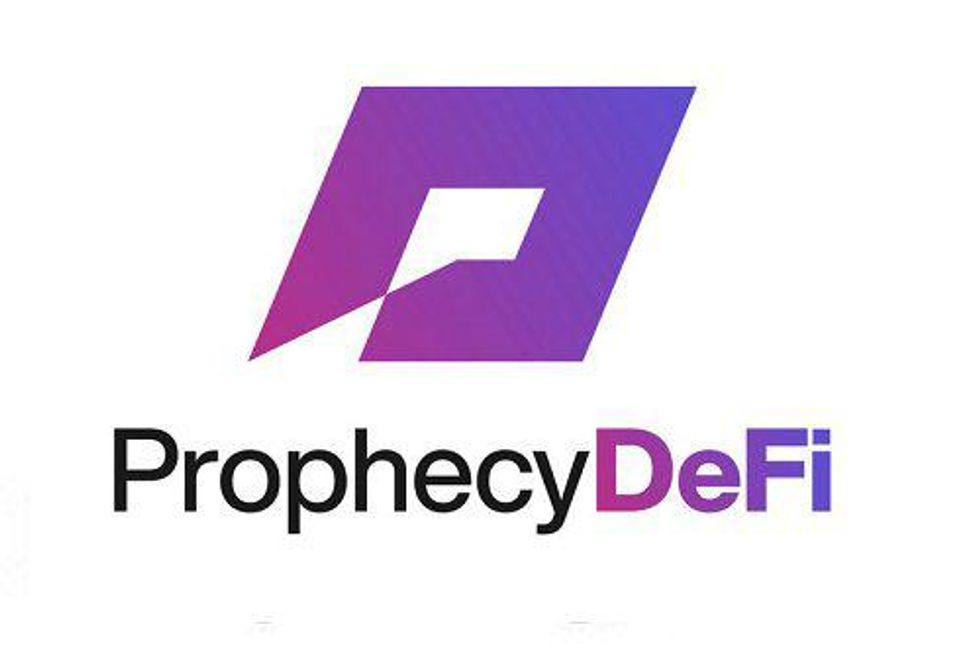3 Ways to Invest in Cryptocurrency Tax-Free Using ETFs
While crypto isn’t deemed a “qualified investment” that can be held inside a TFSA, crypto ETFs are.

This syndicated article was originally published by the Canadian ETF Market. The Investing News Network (INN) believes it may be of interest to readers; however, INN does not guarantee the accuracy or thoroughness of the information reported by external contributors. The opinions expressed by external contributors do not reflect the opinions of INN and do not constitute investment advice. All readers are encouraged to perform their own due diligence.
Traditionally, Canadians buying cryptocurrency assets like Bitcoin (BTC) and Ethereum (ETH) relied on coin exchanges and self-custody solutions. This changed in 2021 with the release of multiple spot cryptocurrency exchange-traded funds.
Previously, closed-ended trusts and futures-based funds existed but had several limitations and drawbacks. The approval and listing of an open-end spot-based fund was innovative and paved the way for greater retail and institutional crypto adoption.
The greatest advantage for retail investors here is the ability to avoid paying capital gains tax on crypto profits. This can be done by holding a crypto ETF inside a Tax-Free Savings Account (TFSA). While crypto isn’t deemed a “qualified investment” that can be held inside a TFSA, crypto ETFs are.
A great way to look for CAD-listed cryptocurrency funds is via the NEO ETF Market Screener. Today, I’ve selected a few ETFs, categorized by their strategies.
The Long-Term Buy-and-“Hodl”
Not all cryptocurrency investors are traders. Some are content to take a passive approach to cryptocurrency investing, much like with index funds (albeit with much more volatility). For these investors, keeping costs low and holdings simplified is the objective. Thanks to cryptocurrency ETFs, investors can now easily gain exposure in their regular investment portfolios.
There’s good evidence to suggest a tangible diversification benefit from adding cryptocurrencies, or at least Bitcoin. According to a study by Yale University economist Aleh Tsyvinski, investment portfolios should have anywhere from a 1% to 6% Bitcoin allocation for diversification purposes — 1% if you’re pessimistic, 3-4% if you’re neutral, and +6% if you’re optimistic.
Bitcoin has a decently low correlation to other asset classes, such as stocks, bonds, gold, and commodities. When those assets zig, Bitcoin can zag. This, coupled with its high volatility, deflationary aspects, and potential for large returns, gives it a decent diversification benefit when added to a portfolio. The second-largest cryptocurrency by market cap, Ethereum, can do the same, albeit with higher volatility.
Investors interested in buying Ethereum or Bitcoin in a regular brokerage account can do so via the following ETFs:
- CI Galaxy Bitcoin ETF (BTCX.B)
- Purpose Bitcoin ETF (BTCC.B)
- CI Galaxy Ethereum ETF (ETHX.B)
- Purpose Ethereum ETF (ETHH.B)
Keep in mind that these funds will cost a management expense ratio, anywhere from 0.75 – 1.50%, which is expensive but typical for a niche, thematic fund dabbling with a complex asset class.
None of these ETFs are currency hedged either. If you’re not familiar with those mechanics, I suggest giving this previous article on currency hedging a read. The short story is that because these ETFs are unhedged, changes in the USD-CAD rate can affect returns beyond the movements of the underlying cryptocurrencies.
Finally, prospective investors should be aware of heavy volatility. Intra-day movements of 5% or more are not unusual for Bitcoin or Ethereum. While Bitcoin and Ethereum trade 24/7, the ETFs do not. Therefore, large after-hour moves can substantially affect the movements of the ETF upon market opening, so be aware of this.
Hunting For Yield
The cryptocurrency market has developed a substantial secondary derivatives market, with scores of traders buying and selling futures and options.
A variation of those strategies is known as a covered call. If you’re not familiar with those mechanics, I suggest giving this previous article on covered call ETFs a read. The short story is that covered call ETFs sell their future upside returns for an immediate cash premium.
What some fund managers have done is create a set of covered call ETFs that use Bitcoin / Ethereum as the underlying. Thanks to the high implied volatility of both assets, the options premiums received are quite substantial. The following ETFs currently use this strategy:
Both ETFs currently yield over 20% each. This tends to fluctuate as the implied volatility for both assets changes but is significantly higher than even covered call strategies on volatile indexes or single stocks.
The MER for both ETFs is around the same as their vanilla counterparts described earlier, at around 1.10%. Both ETFs are also non-currency hedged.
Both ETFs are generally used for income purposes. They may be less ideal for a long-term capital growth approach as the upside is capped by the covered call overlay, and the volatility for the underlying assets remains high and unpredictable.
Tactical Momentum with Crypto Indicators
A variation of this strategy has now been packaged into a managed solution via an ETF that holds varying amounts of Bitcoin, Ethereum, and cash depending on market conditions.
CI Galaxy Multi-Crypto ETF (CMCX.B) employs a systematic trend-following strategy. The ETF incorporates the pricing momentum of Bitcoin and Ethereum to increase or decrease exposure based on the direction and magnitude of various simple moving averages.
CMCX.B’s “neutral” mix is 50/50 Bitcoin and Ethereum through their BTCX.B and ETHX.B ETFs. In bull markets, the ETF aims for 100% deployment of its capital into both underlying ETFs.
If momentum begins to fade and markets start to trade sideways, the ETF deploys 50% of its capital into cash to reduce losses. In a bear market, up to 75% of the portfolio is deployed to cash.
This is a standard risk-on, risk-off strategy using technical indicators, best suited for investors who are uncomfortable with unhedged long exposure to cryptocurrency. As such, a risk-managed approach like CMCX.B may be ideal here.
The ETF currently charges a management fee of 0.50%. The MER has yet to be determined, but the fund provider has elected to cap it at a maximum of 1.05%.
Disclaimer: This article is limited to the dissemination of general information pertaining to investment strategies and financial planning and does not constitute an offer to issue or sell, or a solicitation of an offer to subscribe, buy, or acquire an interest in, any securities, financial instruments or other services, nor does it constitute a financial promotion, investment advice or an inducement or incitement to participate in any product, offering or investment.
- Top Canadian Blockchain Stocks ›
- Bitcoin: A Brief Price History of the First Cryptocurrency ›
- Investing in Blockchain ETFs ›
- Ways to Invest in Blockchain ›




